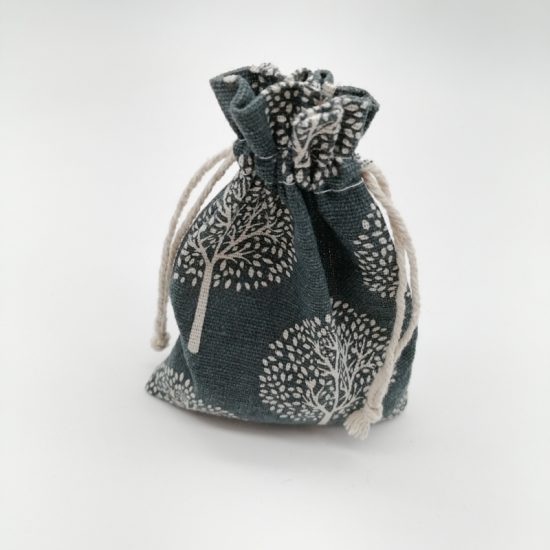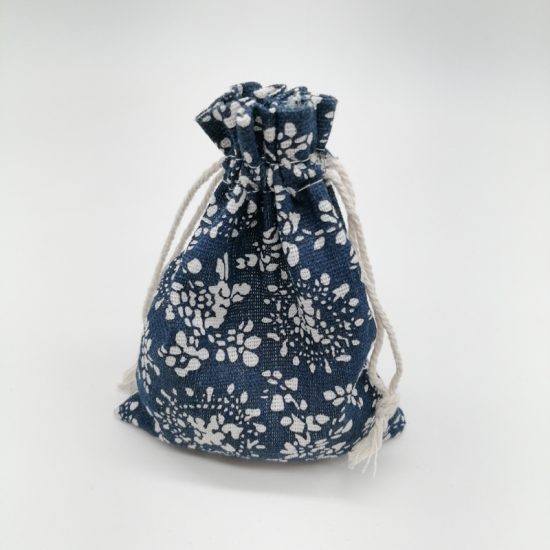In a world where environmental concerns are becoming increasingly significant, industries are seeking alternatives to traditional packaging materials that are harmful to the planet. Jute sacks have emerged as a shining example of a sustainable packaging solution that offers a myriad of eco-friendly advantages. Let’s delve into the world of jute sacks and explore how they are transforming the concept of packaging.
1. Embracing Natural Fibers: Jute, a long, shiny vegetable fiber, is at the heart of jute sacks. Unlike synthetic materials, jute is biodegradable and compostable, making it an excellent choice for reducing the burden of plastic waste on our environment. Its cultivation requires minimal pesticides and fertilizers, ensuring a smaller ecological footprint.
2. Carbon Footprint Reduction: Jute is a carbon dioxide-absorbing plant, making it an ally in the fight against climate change. As jute grows, it absorbs CO2 from the atmosphere, contributing to carbon sequestration. Using jute sacks in packaging not only provides a sustainable option but also aids in lowering the overall carbon footprint of various industries.
3. Renewable Resource: Jute is a renewable resource with a short cultivation cycle. It takes only about four to six months for jute plants to reach maturity, making it an efficient option for continuous production. This rapid growth ensures a consistent supply of jute fiber for manufacturing jute sacks, further promoting sustainable practices.
4. Biodegradability and Decomposability: One of the standout advantages of jute sacks is their biodegradability. When disposed of, jute sacks break down naturally and return to the earth without leaving behind harmful microplastics that plague conventional plastic packaging. This characteristic not only prevents land and water pollution but also contributes to healthier soil ecosystems.
5. Versatility in Applications: Jute sacks aren’t limited to just one industry. They find applications in agriculture, transportation, and even fashion. In agriculture, jute sacks are used to store and transport grains, reducing the need for single-use plastic bags. Their durability and strength make them an ideal choice for heavy-duty packaging needs.
6. Empowering Local Communities: Jute cultivation and manufacturing of jute sacks often occur in developing countries, providing livelihoods to local communities. By promoting the use of jute sacks, we can contribute to socio-economic development in these regions and support fair trade practices.
7. Aesthetic Appeal: Apart from their environmental benefits, jute sacks also offer aesthetic appeal. Their natural, rustic texture can add a touch of authenticity to products, making them popular choices for eco-conscious brands aiming to connect with environmentally aware consumers.
8. Closing the Loop: Jute sacks can complete the sustainability loop by being repurposed. They can find second lives as shopping bags, decorative items, or even as planters for gardening. This extends their usefulness and reduces waste generation.
In conclusion, the advantages of jute sacks in sustainable packaging are clear and compelling. By utilizing this eco-friendly alternative, industries can reduce their ecological impact, contribute to carbon sequestration, and promote responsible production and consumption. As consumers, we also have a role to play by choosing products packaged in jute sacks and supporting businesses that prioritize the well-being of our planet. The journey towards a greener future starts with these small yet significant choices, and jute sacks are undoubtedly a step in the right direction.


